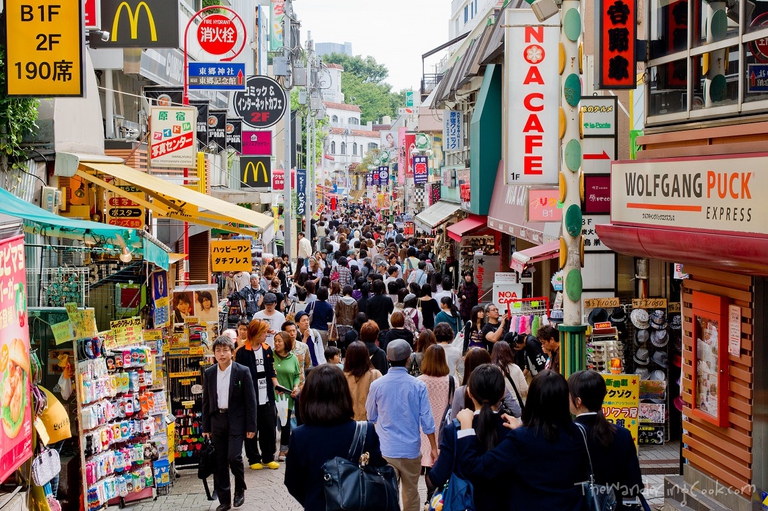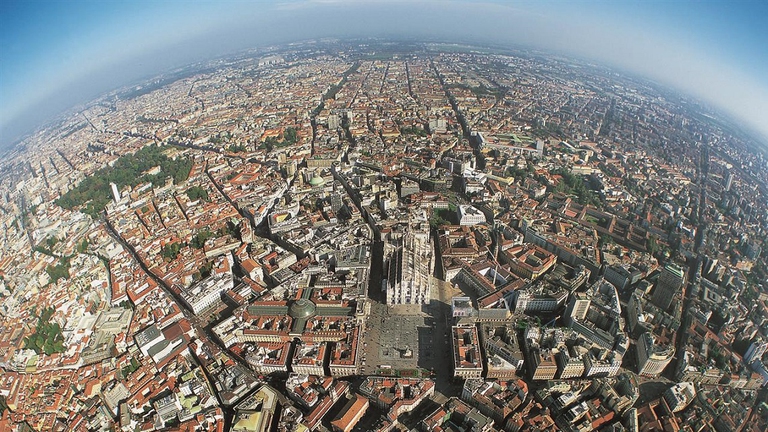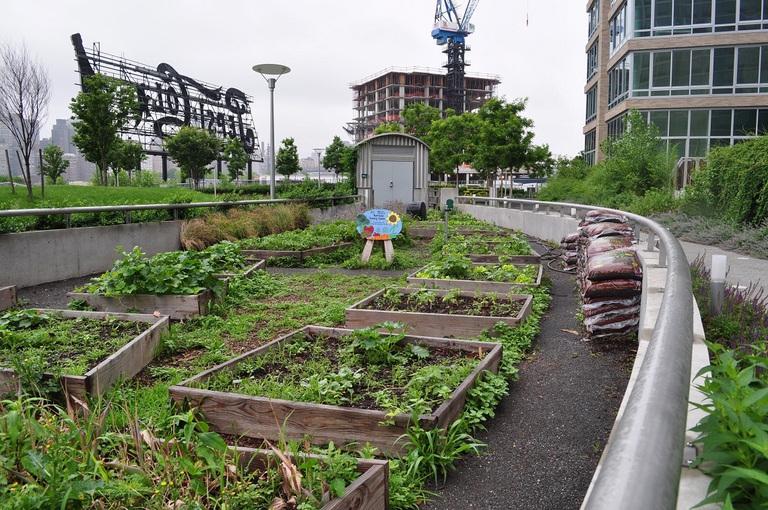
The World Forum on Urban Forests took place from the 28th of November to the first of December. More than 400 experts from 50 countries conversed with politicians, journalists and citizens to design the green cities of the future.
La giornata è stata istituita per sensibilizzare la comunità internazionale sul tema dell’urbanizzazione e contribuire allo sviluppo urbano sostenibile in tutto il mondo.
Rural and piedmont areas are gradually emptying: more than the half of the world population is currently living in cities, and this percentage is likely to increase up to two third. Over 6 billion people will live in urban areas by 2045, according to the latest United Nations World Urbanization Prospects.
We could long debate on the negative effects the relentless expansion of urban areas brings about, the negative influence megalopolises have on people, and the need of recovering and enhancing rural areas. However, this trend is already a fact, and urbanisation has undeniable advantages, as long as realised according to specific criteria.
Urbanisation maximises the capacities of cities to create jobs and wealth, and promotes diversity and social cohesion among cultures, ethnical groups and religions.
31 October is World Cities Day, established by the United Nations in 2013. The aim of the celebration is to focus on the challenges of urbanisation and contribute to a sustainable urban development all over the world.
“The key role of urban design in building sustainable, socially integrated and prosperous urban environments. It can help tackle climate change. It reduces the impacts of disaster. It can help make our cities safer, cleaner, and more equal and integrative,” said the UN Secreatry-General Ban Ki-moon.
The 2015 theme is “Designed to live together”. It means that the key point is to favour inclusion and equality through an effective urban design.
The realisation of residential areas with dwellings at different prices would allow residents from different countries and with different incomes to live together, eliminating social barriers. A city should also guarantee to all citizens equal access to services, work places, opportunities, and natural resources. For instance, “private greenery” is too often more common than public green areas.
The first edition of the World Cities Day has been celebrated in Shanghai, China, in 2014, whilst the 2015 edition will be celebrated in Milan. The main event will be held at the Royal Palace of Milan, with a round table and a debate on urban development.
Moreover, the date of the celebration coincides with the end of Expo Milano 2015 and will be the last of the 3 days dedicated by the United Nations to honours the Milanese world’s fair.
Our ancestors used to live on trees. Then, they moved to caves, until they settled down and started creating small human settlements. Nowadays, our habitat is the city. However, there are many solutions to make it more liveable: urban agriculture, smart cities development and, most of all, nature integration in city planning, in order to create more resilient, liveable, and happy cities.
Siamo anche su WhatsApp. Segui il canale ufficiale LifeGate per restare aggiornata, aggiornato sulle ultime notizie e sulle nostre attività.
![]()
Quest'opera è distribuita con Licenza Creative Commons Attribuzione - Non commerciale - Non opere derivate 4.0 Internazionale.
The World Forum on Urban Forests took place from the 28th of November to the first of December. More than 400 experts from 50 countries conversed with politicians, journalists and citizens to design the green cities of the future.
Introducing plants into buildings to absorb CO2, eliminating indoor pollution and improving your mood. This is green architecture.
The Semìno project is a journey of discovery through different countries’ food habits, offering migrants employment opportunities and allowing us to enjoy the properties of vegetables from all over the world.
A few of the best ideas for rooftop farms from around the world. Where farm-to-table agriculture is becoming a key components of urban growth.
A great Amazon reforestation project has been agreed in Brazil, the largest in history. Will it endure the victory of Jair Bolsonaro’s far-right politics in the presidential election?
A million plants and 40,000 trees. Liuzhou Forest City, designed by architect Stefano Boeri, is set to be inaugurated in 2020 in the northern Chinese city.
Urban forests are the local answer to global problems. The benefits are numerous and affect many areas such as the climate, biodiversity, health, tourism.
Architects Stefano Boeri’s call to action on urban forestry asks planners all over the world to consider greening our cities as the core element of all projects.
The project is similar to New York’s famous High Line constructed on the railway that once connected the Meat Market to Midtown. But in the case of Seoullo 7017 in South Korea’s capital Seoul, a walkway has been constructed on an overpass dating back to 1970 where cars once sped along, and where today people can wander and enjoy the revitalised area. The Seoullo 7017











